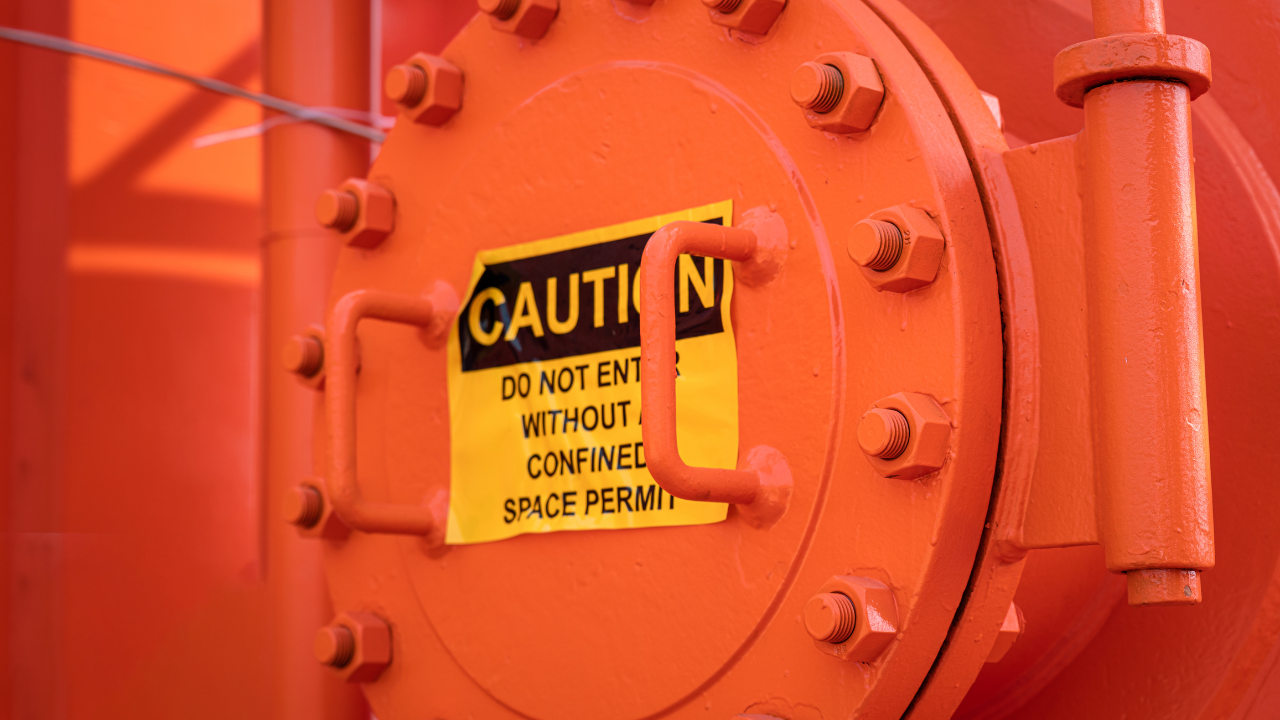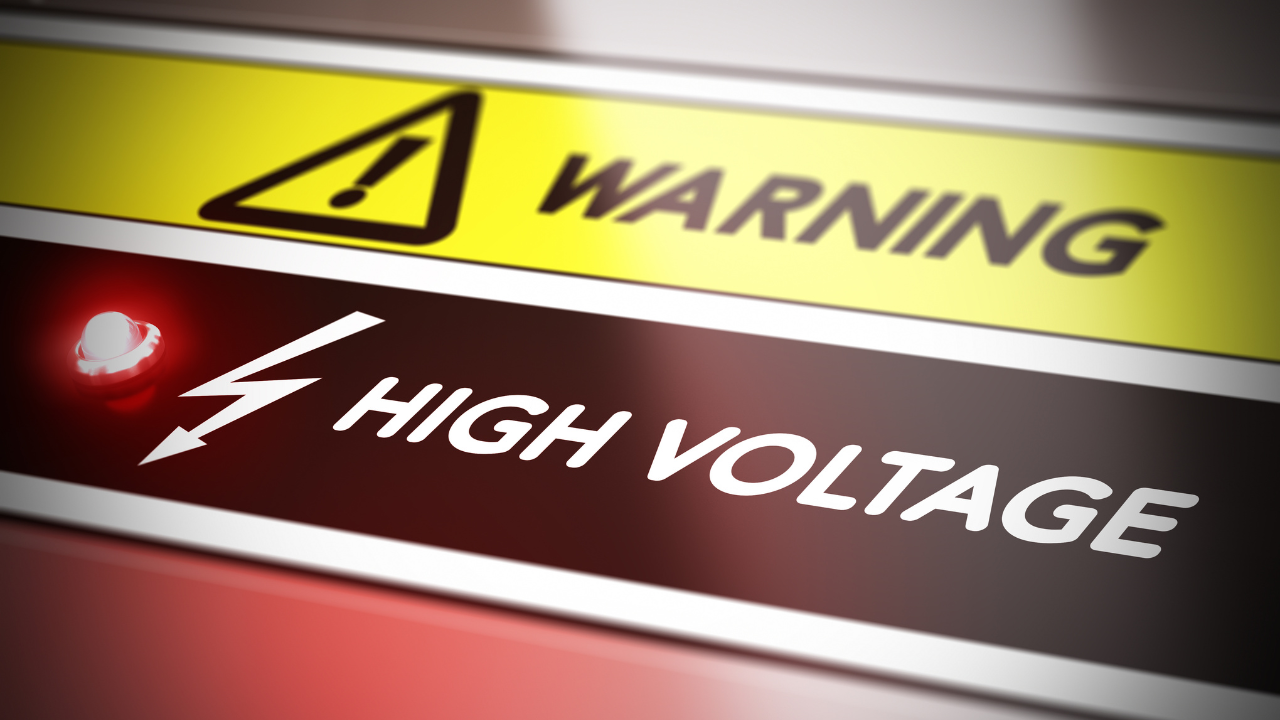Plant Safety – Avoid Pitfalls of New and Untrained Plant Employees
Gerry Ward, Plant Engineering and Maintenance
There’s a comparison that can be made between newly licensed drivers stepping behind the wheel of a vehicle and new employees making his/her way into the workforce for the first time. Unfortunately, the same standard of competency and training isn’t applied. Some progressive companies take the time to ensure new workers are fully trained, certified, and able to function in a safe environment. On the other hand, however, many organizations overlook the “big picture” and the reasons plant safety is crucial.
From a front-line supervisor’s perspective, new and untrained employees can cultivate numerous problems in the plant. For example, absenteeism will become rampant. This usually puts undo stress on co-workers.
Staff turnover is another concern for supervisors, as they may end up having to spend the majority of their time training a constant flow of new employees on job specifics. Through this process, plant safety and health issues often take a back seat.
For management, new and untrained employees present a different set of costly challenges. For example, productivity will drop due to lost time, there may be overtime expenses, insurance costs will rise and there can be potential lost customer sales. Worker’s compensation claims will also increase and lead to higher premiums.
How can these problems be avoided? What are some steps that can be put in place to help alleviate these concerns for new and untrained workers already in the workforce? Ideally, health and safety programs that offer basic training will fit the bill quite nicely. New and untrained workers need to learn about personal protective equipment (PPE), back-injury prevention, health and safety regulations and hazard recognition.
Health and Safety Components
• Personal protective equipment: The purpose of PPE is to shield or isolate individuals from chemical, physical and biological hazards that may be encountered at a hazardous work site when engineering and administrative controls aren’t feasible to control exposures. This must be the last option for worker protection, as PPE doesn’t reduce potential hazards at their source.
Careful selection and use of adequate PPE should protect a person’s respiratory system, skin, eyes, ears, face, hands, feet and head. Examples are steel-toed footwear, work gloves, work coveralls, hard hats, eye glasses/goggles, ear plugs, fall protection and respirators.
• Back-injury prevention: Almost 90 percent of Canadians will experience some form of back pain in their life. Back injuries cost American employers an estimated U.S.$10 billion per year. This is a staggering statistic that companies can’t ignore.
Back-injury training increases the awareness about back care and develops a positive attitude towards proper back maintenance. This is achieved by learning more about back anatomy, as well as common back injuries.
Instruction should include proper posture, lifting techniques and stress the importance of good body mechanics. A detailed program will also show workers proper back-muscle stretching and strengthening exercises.
• Health and safety regulations: Employees must learn that they’ve got the right to refuse unsafe work. This doesn’t put all the responsibility solely on the shoulders of employers, as both employers and employees have an obligation to ensure a safe workplace.
New employees should be aware of the meaning of due diligence and importance of its practice. “Due diligence is the level of judgment, care, prudence, determination and activity that a person would reasonably be expected to do under particular circumstances.” (Work Place Health and Safety, Alberta Human Resources and Employment bulletin-L1015).
Health and Safety Committees
Through legislation, workers will also learn how health and safety committees promote awareness and interest within the company. The committee identifies and helps solve safety concerns.
• Hazard recognition: A hazard is the potential of an activity, material or process that could result in injury to workers, damage to equipment, structure or property or degradation of the function of the process. A hazard raises significant risk of bodily harm to employees.
Workers must be aware of all potential hazards in their workplace and how to protect themselves. This will help them effectively eliminate costly industrial workplace hazards.
In an ideal world, these health and safety training initiatives should begin as soon as high school students start applying for part-time work at the local fast-food restaurant, in a plant, warehouse or store. It’s important to engrain a safe working attitude at a young age.
Looking to the future, these young workers will carry a safety consciousness with them through their entire work life. This will lead to a safer workplace, reduced accidents, and improved performance.
Based in Golder’s Edmonton, AB, office, Gerry Ward is manager of training services. For more information call (780) 413-6730. You can also visit www.golder.com.
Related Articles
On the job accidents and injuries are most often a result of negligence and unsafe working conditions. In an effort to protect workers, the Occupational Safety and Health Administration (OSHA), created standards 1910.132 and 1910.133, to address requirements for providing Personal Protective Equipment (PPE) and eye protection in the workplace. However, most employers find it hard to sort through the standards to get to the heart of what they really mean in everyday life.
On the job accidents and injuries are most often a result of negligence and unsafe working conditions. In an effort to protect workers, the Occupational Safety and Health Administration (OSHA), created standards 1910.132 and 1910.133, to address requirements for providing Personal Protective Equipment (PPE) and eye protection in the workplace. However, most employers find it hard to sort through the standards to get to the heart of what they really mean in everyday life.
See More
Significant engineering and test efforts
have been undertaken in the last few years into the area of arc flash/blast hazards in electrical equipment. The result has been a better understanding of arcing faults and how to prevent and/or minimize the hazards to personnel and equipment. This paper highlights some of the findings that may help in safety management and equipment selection. This paper concludes with some design considerations that will help reduce the hazards of arcing faults.
Significant engineering and test efforts
have been undertaken in the last few years into the area of arc flash/blast hazards in electrical equipment. The result has been a better understanding of arcing faults and how to prevent and/or minimize the hazards to personnel and equipment. This paper highlights some of the findings that may help in safety management and equipment selection. This paper concludes with some design considerations that will help reduce the hazards of arcing faults.
See More
A confined space is defined as a workspace that is fully or partially enclosed, is not designed or intended for continuous human occupancy and has limited or restricted access, exiting or an internal configuration that can complicate provisions of first aid, evacuation, rescue or other emergency response services. Confined spaces can be found in almost all industries in Canada, which include tunnels, mines, grain silos, hydro vaults, shipping compartments, pump stations, boilers, chemical tanks and more. Every confined space is considered to be hazardous unless deemed not so by a competent person through a hazard identification and risk assessment.
A confined space is defined as a workspace that is fully or partially enclosed, is not designed or intended for continuous human occupancy and has limited or restricted access, exiting or an internal configuration that can complicate provisions of first aid, evacuation, rescue or other emergency response services. Confined spaces can be found in almost all industries in Canada, which include tunnels, mines, grain silos, hydro vaults, shipping compartments, pump stations, boilers, chemical tanks and more. Every confined space is considered to be hazardous unless deemed not so by a competent person through a hazard identification and risk assessment.
See More
One of the hot topics in electrical and mechanical training classes is the National Fire Protection Association (NFPA) 70E. Students question what 70E is and how it relates to the National Electrical Code (NEC), if 70E is a new regulation and if not why are they just now hearing about it, and if companies are required to comply with 70E. This article will take some of the mystery out of 70E.
One of the hot topics in electrical and mechanical training classes is the National Fire Protection Association (NFPA) 70E. Students question what 70E is and how it relates to the National Electrical Code (NEC), if 70E is a new regulation and if not why are they just now hearing about it, and if companies are required to comply with 70E. This article will take some of the mystery out of 70E.
See More
There are three basic electrical hazards that cause injury and death: shock, arc-flash, and arc-blast. Following these safety principles can result in a safer work environment and prevent injuries or even death.
There are three basic electrical hazards that cause injury and death: shock, arc-flash, and arc-blast. Following these safety principles can result in a safer work environment and prevent injuries or even death.
See More
In 2001, close to 100,000 people were treated in U.S. Hospital emergency rooms for eye injuries related to the workplace, yet this figure actually only represents a small portion of the total number of injuries. According to the U.S. Bureau of Labor Statistics, each day, as many as 2,000 workers incur eye injuries related to their jobs. According to Prevent Blindness America (PBA), 90% of these injuries are preventable.
In 2001, close to 100,000 people were treated in U.S. Hospital emergency rooms for eye injuries related to the workplace, yet this figure actually only represents a small portion of the total number of injuries. According to the U.S. Bureau of Labor Statistics, each day, as many as 2,000 workers incur eye injuries related to their jobs. According to Prevent Blindness America (PBA), 90% of these injuries are preventable.
See More
In this advisory, we are going to demonstrate how hazardous, documented, service, repair, and troubleshooting recommendations have proliferated the fluid power industry, leaving unsuspecting persons vulnerable to possible injury or death. Unsafe service, repair, and troubleshooting recommendations are running rampant throughout the fluid power industry - and there is no end in sight!
In this advisory, we are going to demonstrate how hazardous, documented, service, repair, and troubleshooting recommendations have proliferated the fluid power industry, leaving unsuspecting persons vulnerable to possible injury or death. Unsafe service, repair, and troubleshooting recommendations are running rampant throughout the fluid power industry - and there is no end in sight!
See More











